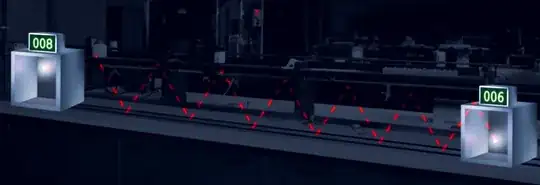The simple answer is yes. The velocity of moving clock does get added to the velocity of light but the velocities don't add up in a Galilean (linear) fashion. So it would be incorrect to use the phrase "add" here. Instead we can say the velocity of moving clock changes velocity of light pulse. Note that the speed of light pulse still remains $c$, but its velocity changes (i.e., only the direction changes).
Hopefully you understood the qualitative reasoning - According to the stationary observer, the light pulse has to travel at an oblique angle in order to catch up to the top half of the light clock.
Here's a quantitative explanation which will show you how to calculate the exact angle at which the light pulse will have to travel as seen by stationary observer.
The relativistic velocity addition formulas are:
$\mathbf u_\parallel = \frac{\mathbf u_\parallel' + \mathbf v}{1 + \frac{\mathbf v \cdot \mathbf u_\parallel'}{c^2}},
\quad \mathbf u_\perp = \frac{\sqrt{1-\frac{v^2}{c^2}}\mathbf u_\perp'}{1 + \frac{\mathbf v\cdot \mathbf u_\parallel'}{c^2}}$
Here, the primed frame of reference is that of the moving light clock and the unprimed frame of reference is that of stationary observer. So, if the moving light clock is moving at a velocity $v$, then for the light pulse we have $u_\parallel'=0, u_\perp'=c$. Plugging in these values in above two formulas we get,
$\mathbf u_\parallel = v,\quad \mathbf u_\perp = \sqrt{1-\frac{v^2}{c^2}}\mathbf c$
These are the components of velocity of the light pulse as seen by the stationary observer. You can calculate the oblique angle by using $\theta=\arctan{\frac{u_\perp}{u_\parallel}}$. Also, the magnitude of this velocity i.e., $\lVert \mathbf u\rVert = \sqrt{\mathbf u_\parallel ^2 + \mathbf u_\perp ^2} = c$. So you can see that the speed of light is consistent. Hope this helps!
